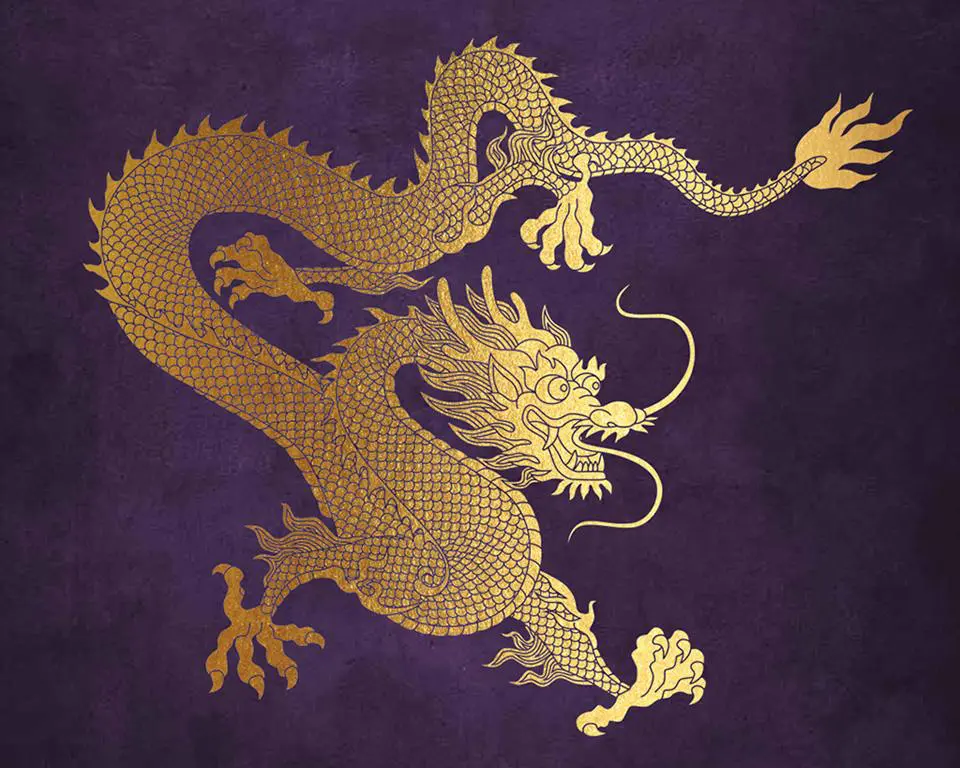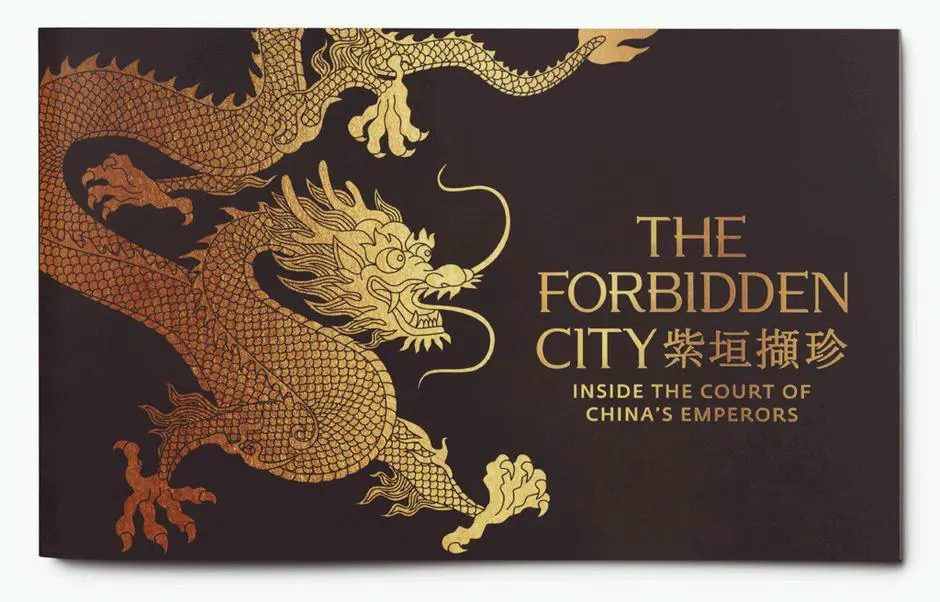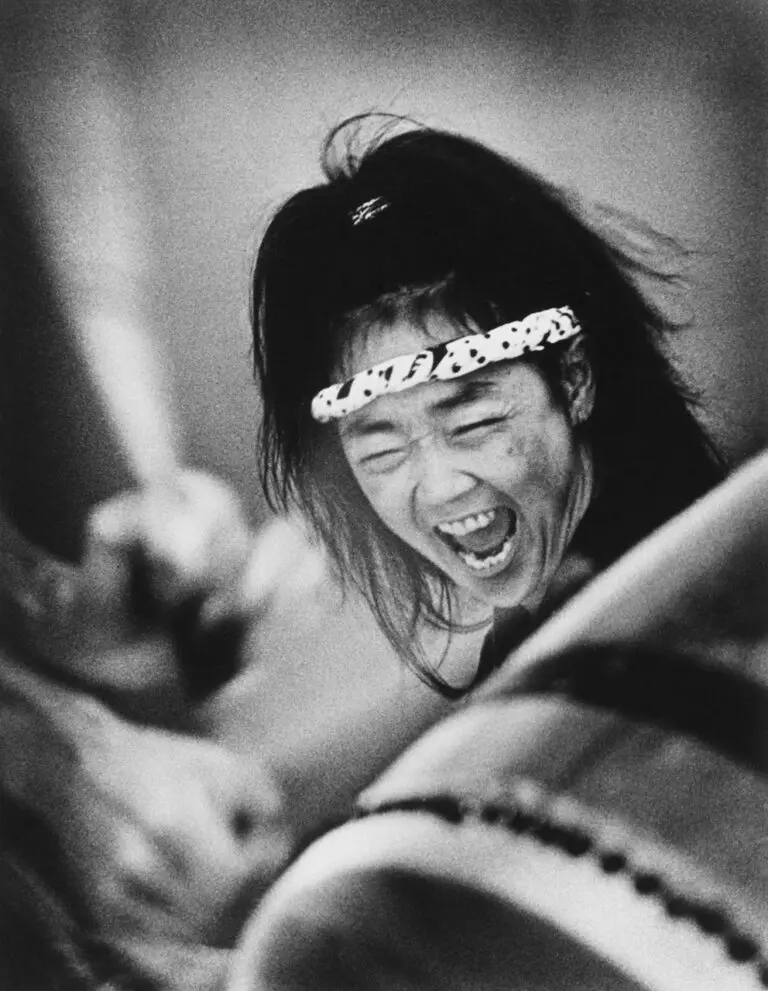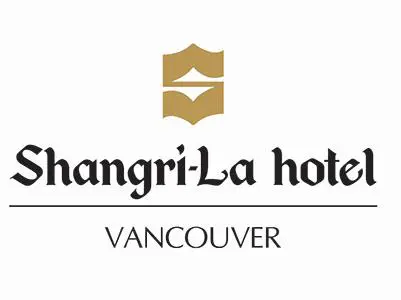The Forbidden City:
Inside the Court of China’s Emperors
October 18, 2014–January 11, 2015

The Forbidden City: Inside the Court of China’s Emperors offers a glimpse of an iconic and long-hidden era of Chinese cultural history. For five centuries Chinese emperors called the Forbidden City (1416–1911), located in the heart of Beijing, their home. With only the emperor, his household and special visitors allowed inside its walls, this immense palace captured the world’s attention for its power, wealth and mystery. Selected from the vast collections of Beijing’s Palace Museum, the exhibition showcases nearly 200 precious works from the Forbidden City that have rarely been seen outside of China. These exquisite examples from Chinese cultural history date from as early as 500 CE to the early-twentieth century and include such treasures as paintings, ceramics, gold and silver wares, jade, cloisonné, bronzes and textiles.
This touring exhibition—which drew 180,000 visitors to the Royal Ontario Museum in the spring and summer of 2014—has been reimagined for its presentation at the Vancouver Art Gallery and includes 80 objects not previously shown in Canada. Conceived for Vancouver audiences by Asian scholar Timothy Brook, the exhibition leads visitors through the realms of the Imperial Palace in nine key sections. To enter the Forbidden City was to enter the theatre of imperial power, replete with processional bells and chimes. Entering the exhibition we meet the greatest triple generation of emperors in Chinese history, from the Aisin-Gioro family, as it is largely their Forbidden City that we know today as the Palace Museum. In Reigning we encounter the seat of imperial power within the Forbidden City, the emperor’s throne, as well as the symbols and extraordinary icons the emperor used to demonstrate his power to the outside world.
In order to rule an expansive empire the emperor required a powerful army, made evident in the Warring section, which features ceremonial armour and weaponry. In Symbols, we see the colours, dress and iconography that were reserved for only the emperor, followed by Lineage, which explores the way of life of the empresses and concubines who lived in the Inner Courts and served the emperor. This section includes clothing, scene paintings and personal adornments associated with the all-important task of producing an heir to the throne.
In his private chambers, the emperor also communicated his virtuosity to the world through the composition of poetry, the signing of political documents and the creation of calligraphy, examples of which are on view in Texting. The ornately decorated objects of daily living in the Forbidden City are displayed in Consuming—from a jade teacup to a dog’s coat or the emperor’s gilded footbath, these objects were wildly expensive and finely crafted for the use and amusement of the imperial household alone. The Collecting section features the finest examples from the emperor’s immense collections of precious ceramics, bronzes and cloisonné that were crafted in China and sequestered in his private chamber, as well as objects from beyond China’s borders such as clocks, scientific instruments and European exotica gifted to the emperor by foreign dignitaries. The exhibition closes with Farewell My Emperor, a parting reflection on the end of imperial China and the last emperor of the Forbidden City.
Publication

The Forbidden City: Inside the Court of China’s Emperors
This guidebook offers an intimate overview of the Palace Museum’s vast collection of rare objects produced for and collected by the emperors of China. Centreing on items that have rarely been seen outside of China, it features full-colour reproductions and detailed descriptions of individual objects, their owners and their broader contexts. This publication is an invaluable resource and keepsake for those interested in China’s imperial past.
Edited by Daina Augaitis, Timothy Brook, Chen Shen, Wen-chien Cheng
Essays by Timothy Brook, Chen Shen, Wen-chien Cheng
88 pages
8 x 5 inches
70 colour and 2 black and white illustrations
ISBN 9781927656136
Softcover
Vancouver Art Gallery and Royal Ontario Museum
2014
Available at the Gallery Store




